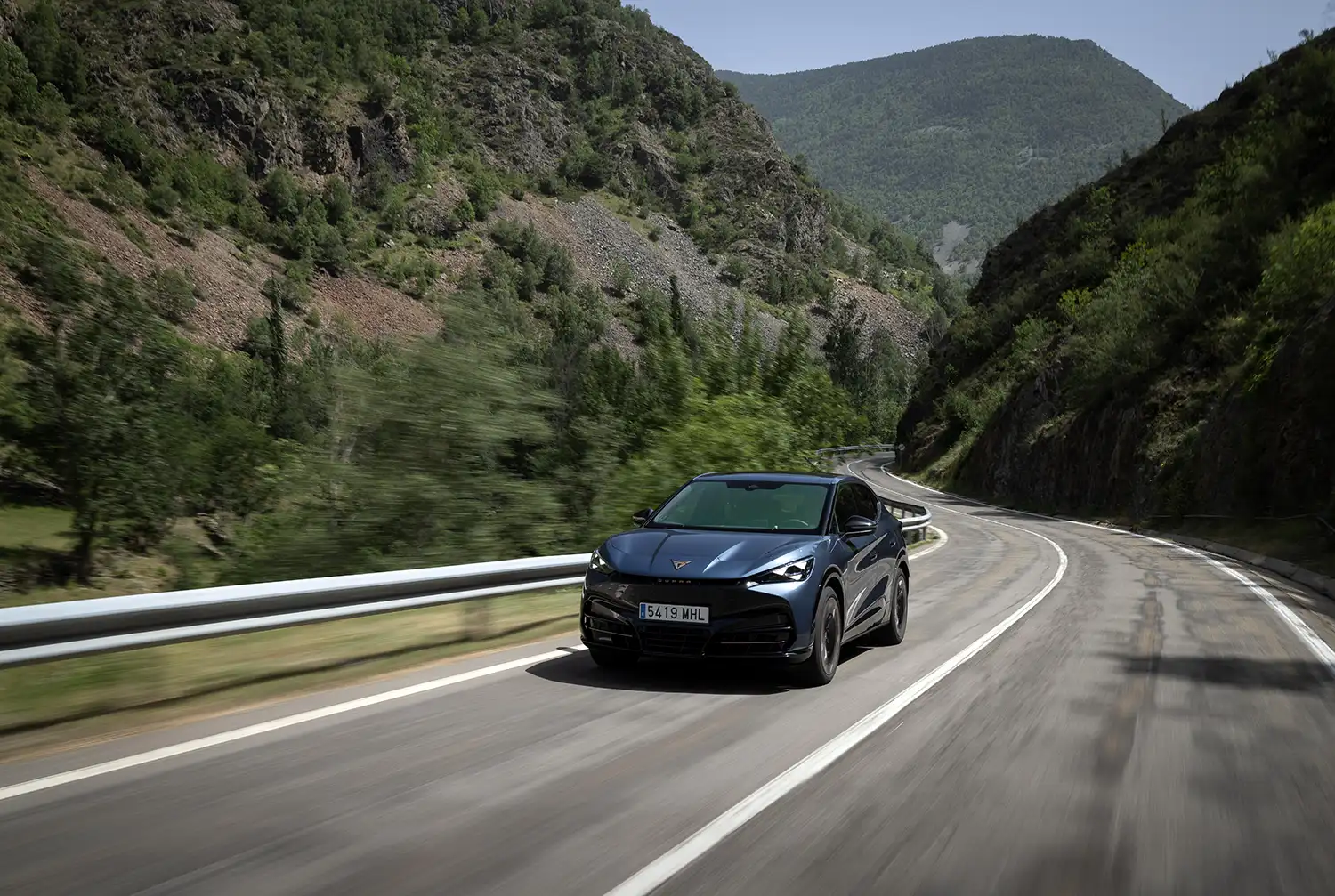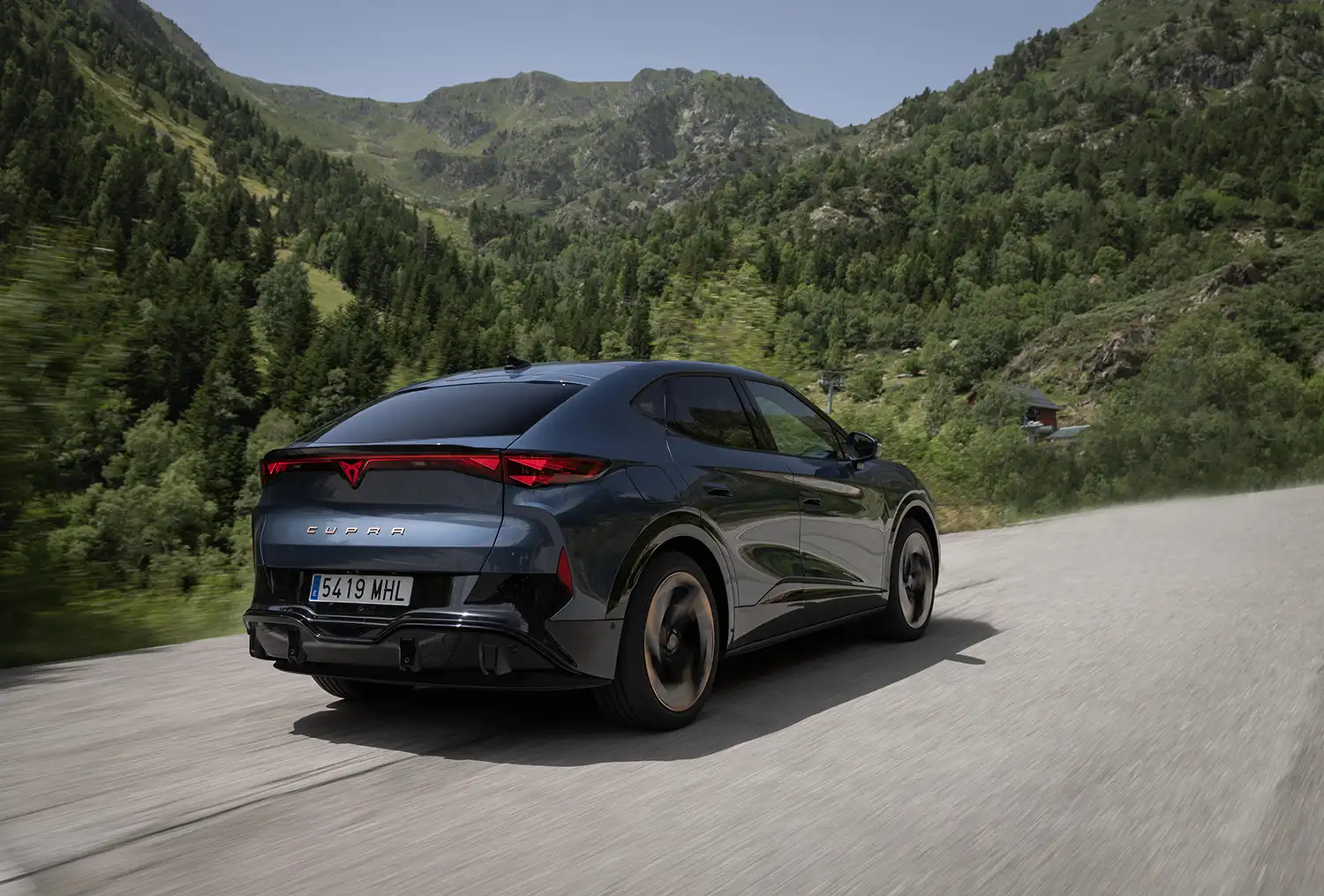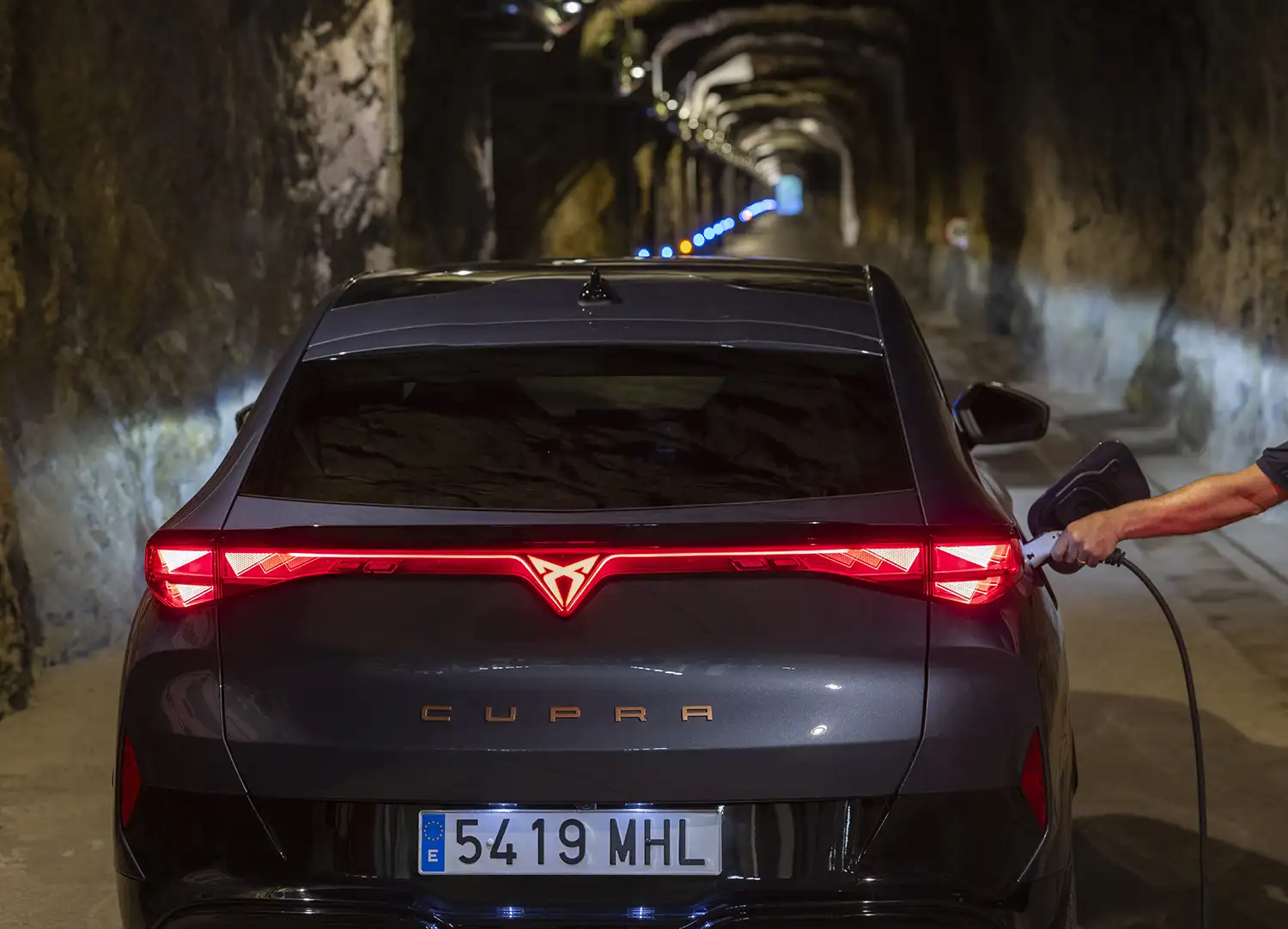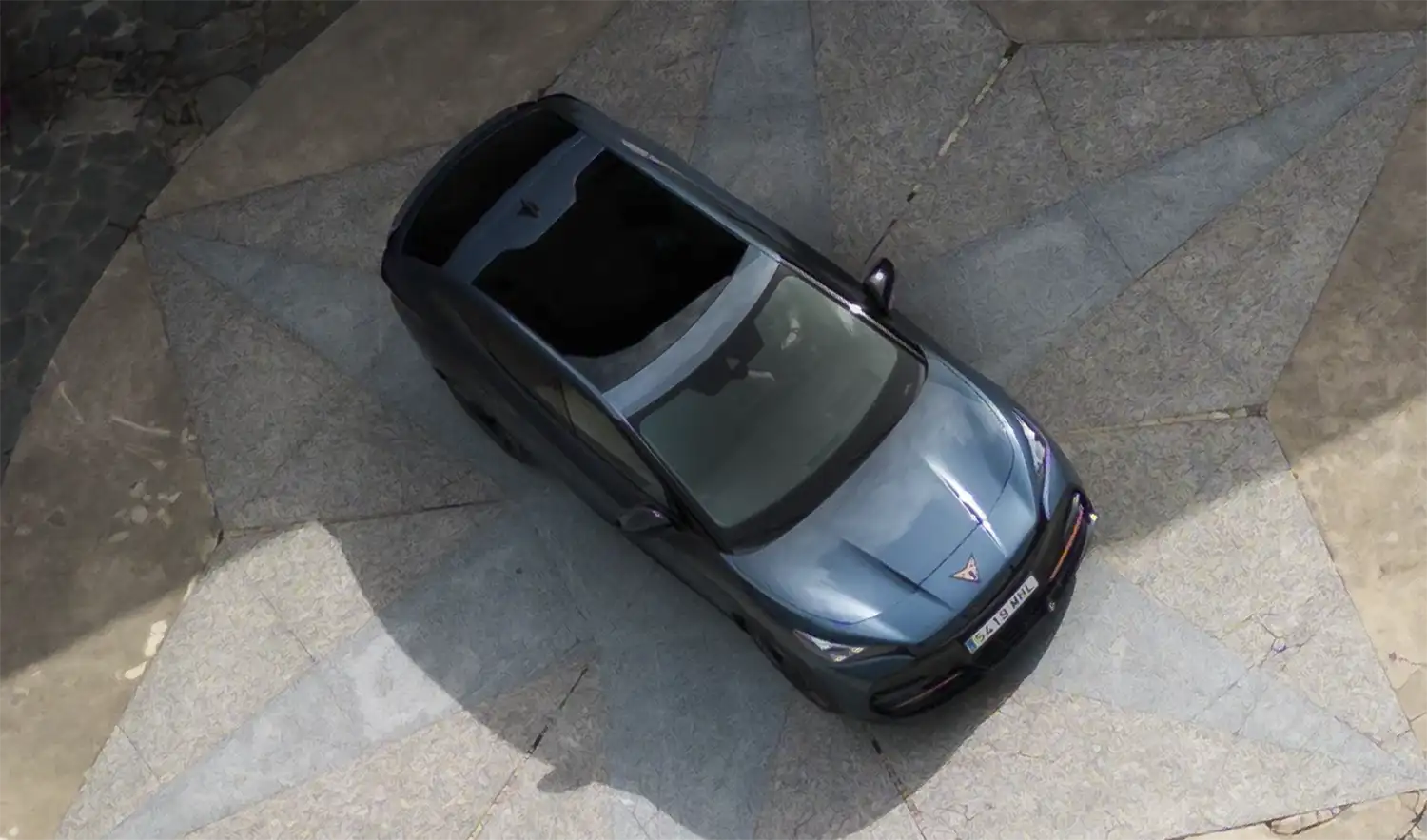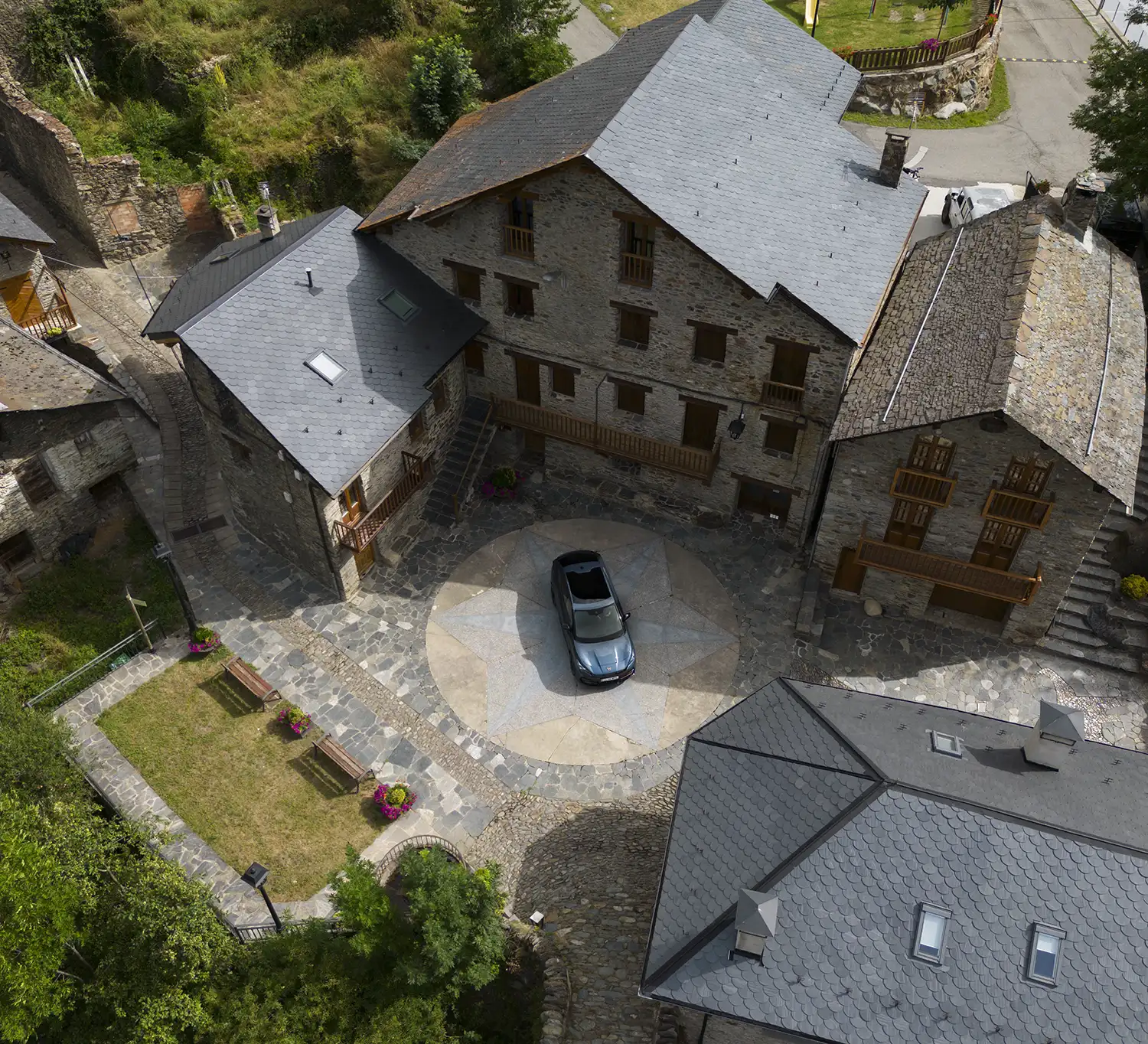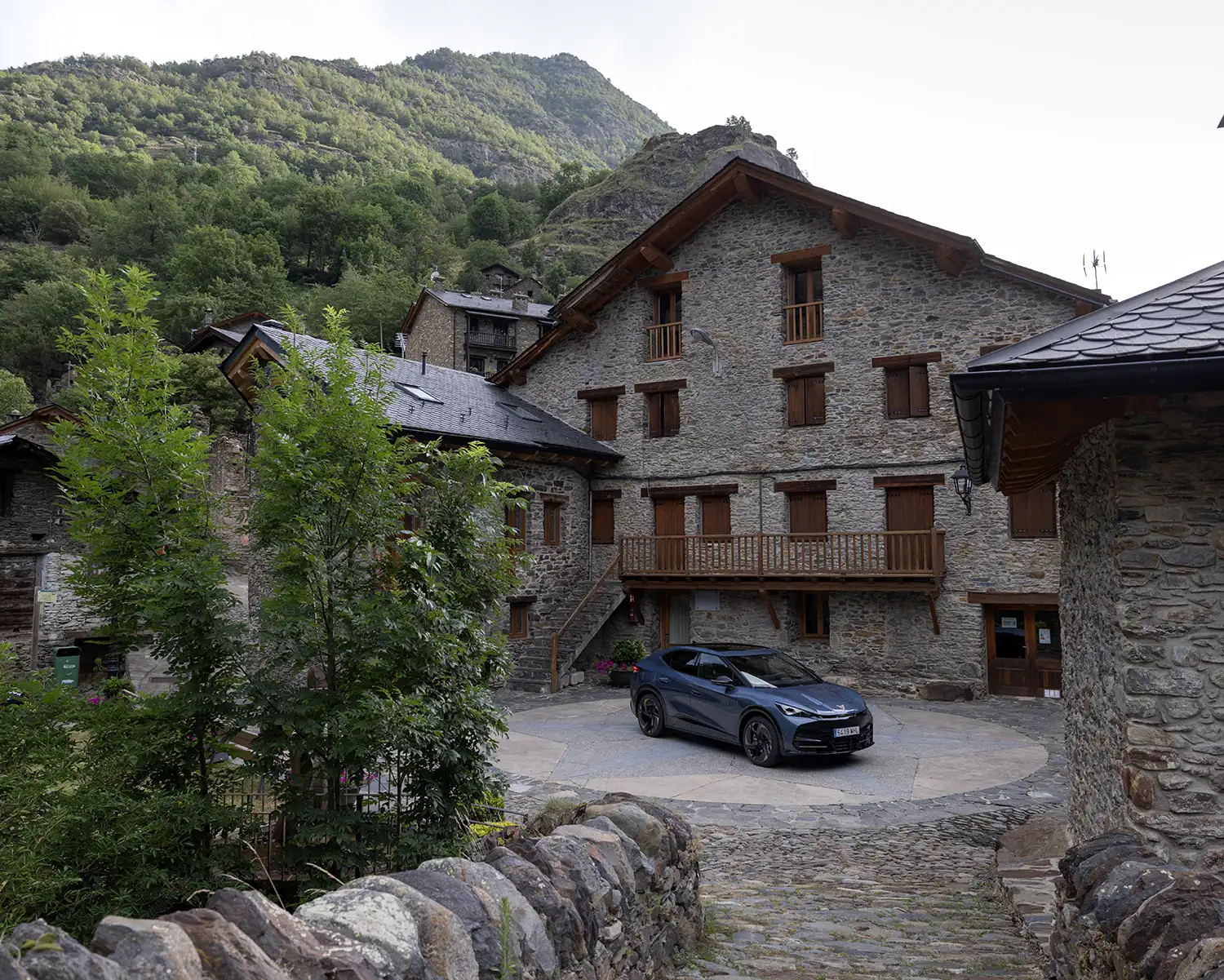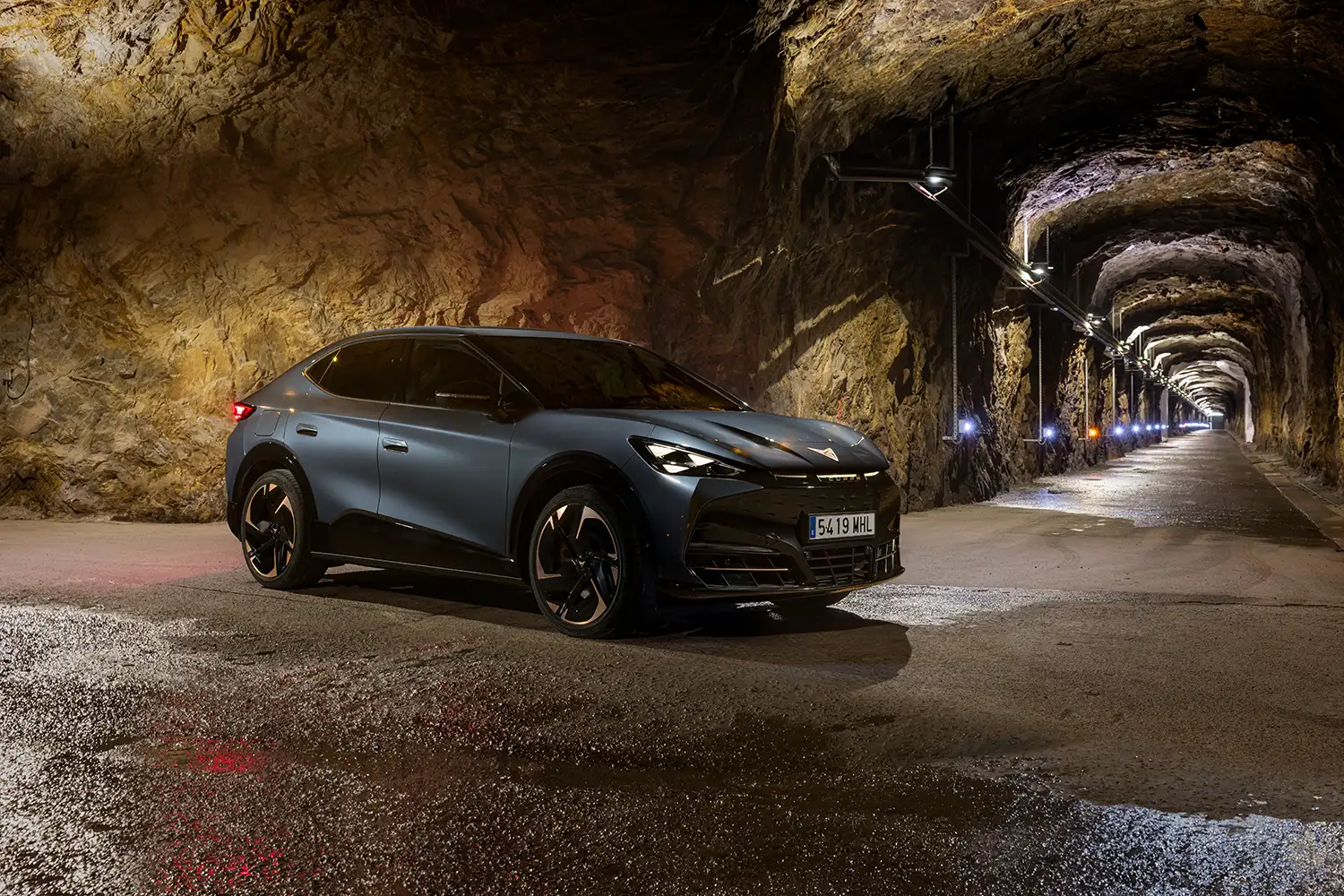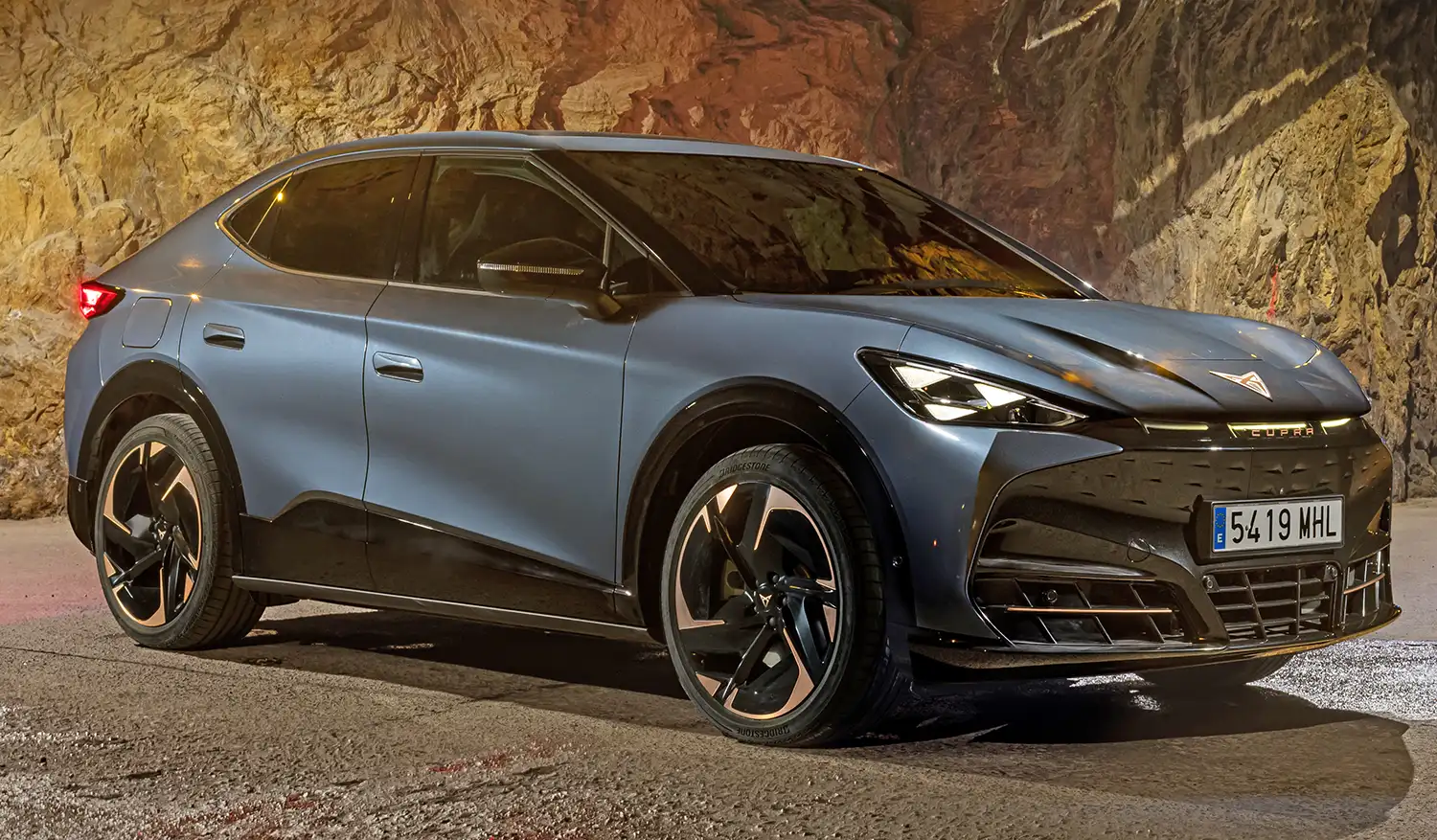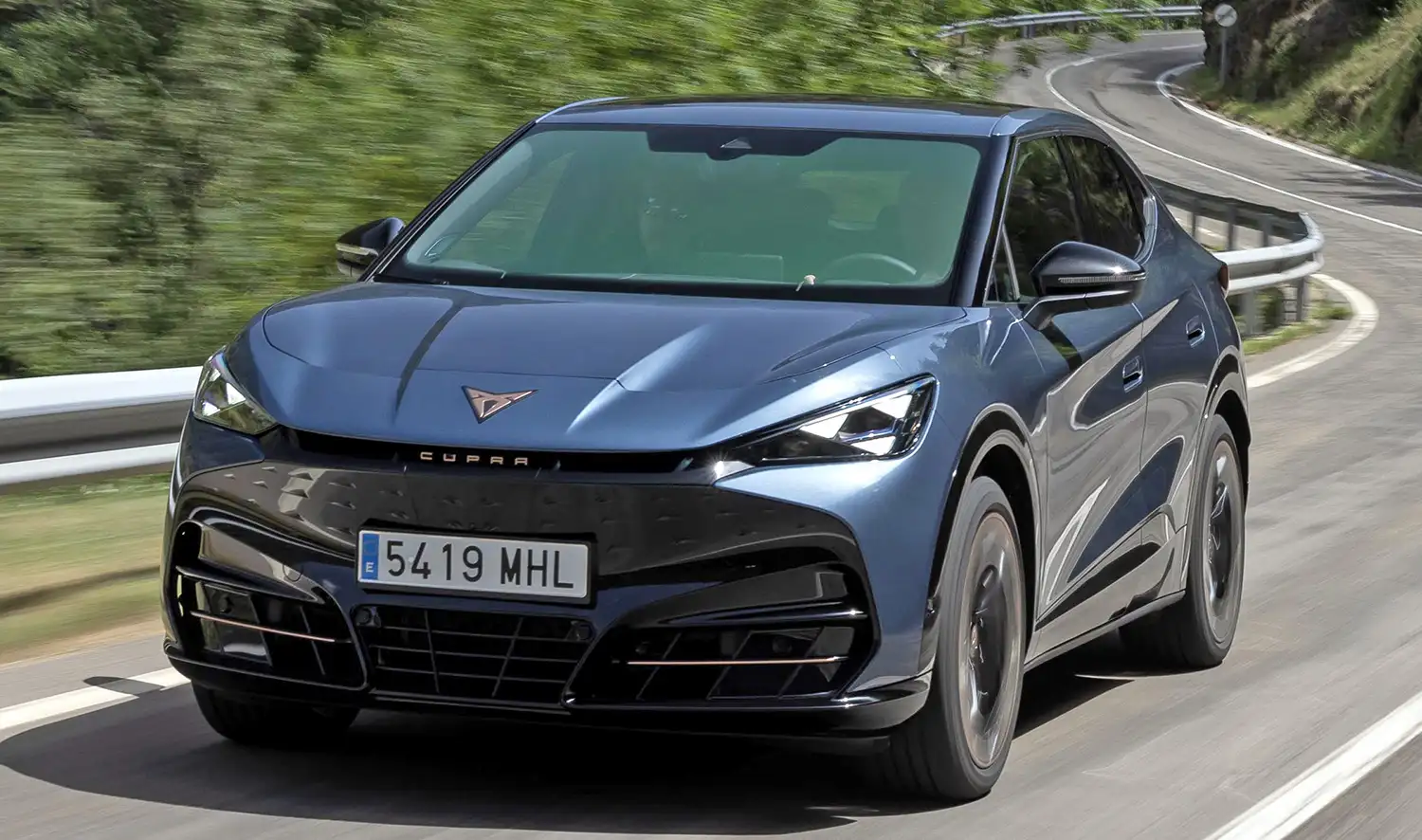
Just a few miles away from the border with France, the village of Tavascan stands imposingly in the heart of the Pyrenees. The CUPRA Tavascan, which draws its inspiration from the town, sets out on a journey to its origins. There, the two realities meet to discover that they share much more than just a name.
Electric performance. With its 250 kW (340 PS) output, the CUPRA Tavascan is the brand’s first all-electric SUV coupe and lives up to its namesake, which is home to one of the most unconventional hydroelectric power plants in the territory. Located 500 metres deep inside the mountains and with one of the most important waterfalls in Europe, it has completely changed life in the village. This goal is shared by CUPRA, which aims to reinvent electrification with the CUPRA Tavascan and prove that electric cars can deliver high sporty performance.
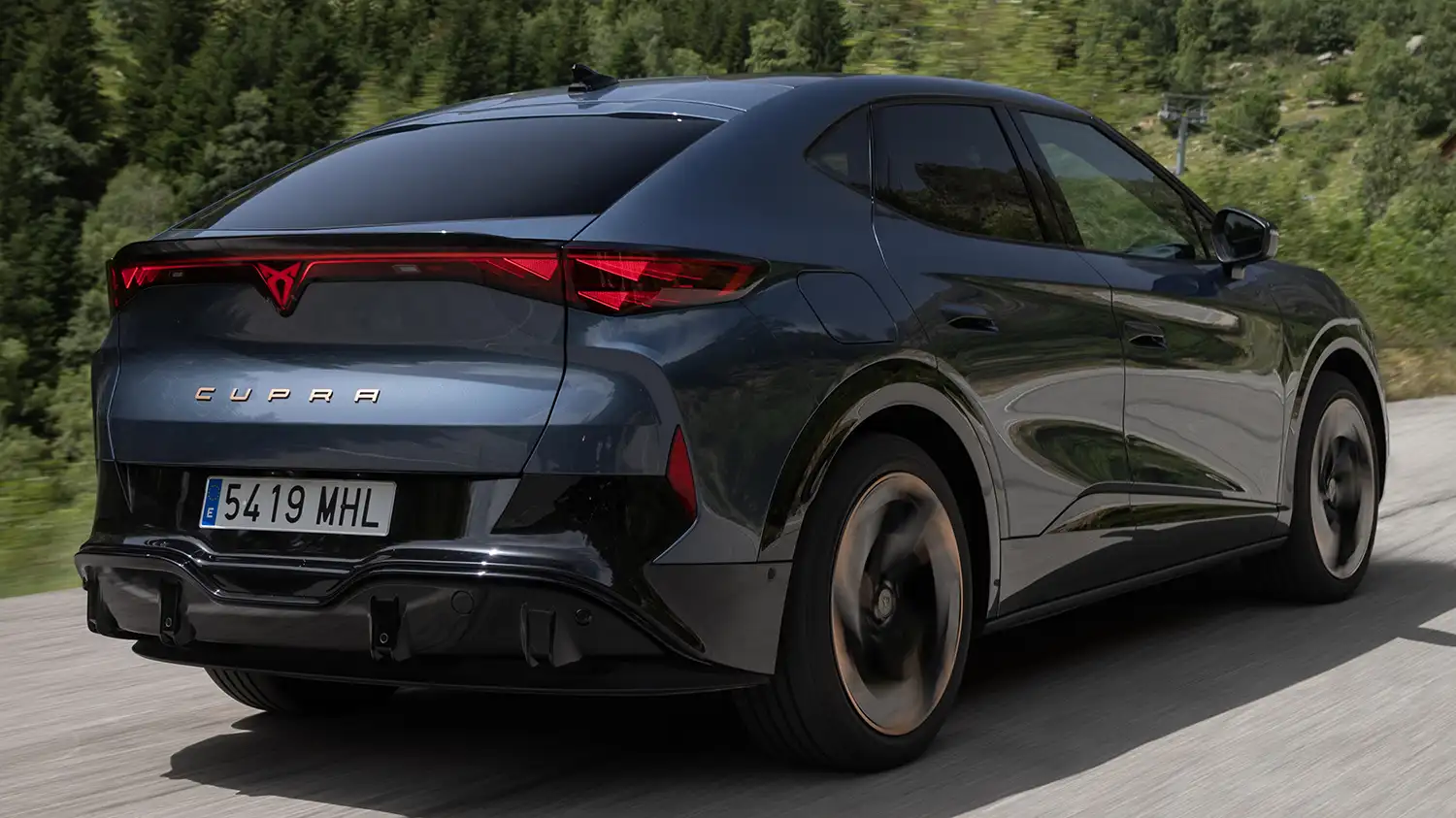
Essence in raw materials. With its stone walls and wooden roofs, the village of Tavascan blends in with the surrounding natural environment, just like the CUPRA Tavascan as it drives through its streets. The design team was deeply inspired by nature at its purest when creating the car. “We wanted to give the model genuine integrity, with raw materials, colours, textures and graphic elements that grant it sophistication in tune with nature” explains Francesca Sangalli, head of Color&Trim Concept&Strategy at CUPRA.
Sustainable spirit. A large part of Tavascan’s natural resources, such as its more than 50 lakes, are geared towards the production of green energy. This commitment to electrification and sustainability is shared by CUPRA. The brand’s journey towards electrification is its unstoppable impulse, and the CUPRA Tavascan is not a response to change; it’s the vehicle that creates it. Beyond its electric power, the use of parametric design also plays an important role in protecting the environment. “It enables us to create a lighter structure and showcase the parts for what they are, without the need to embellish them by covering them up; this way we reduce our carbon footprint” concludes Sangalli.
